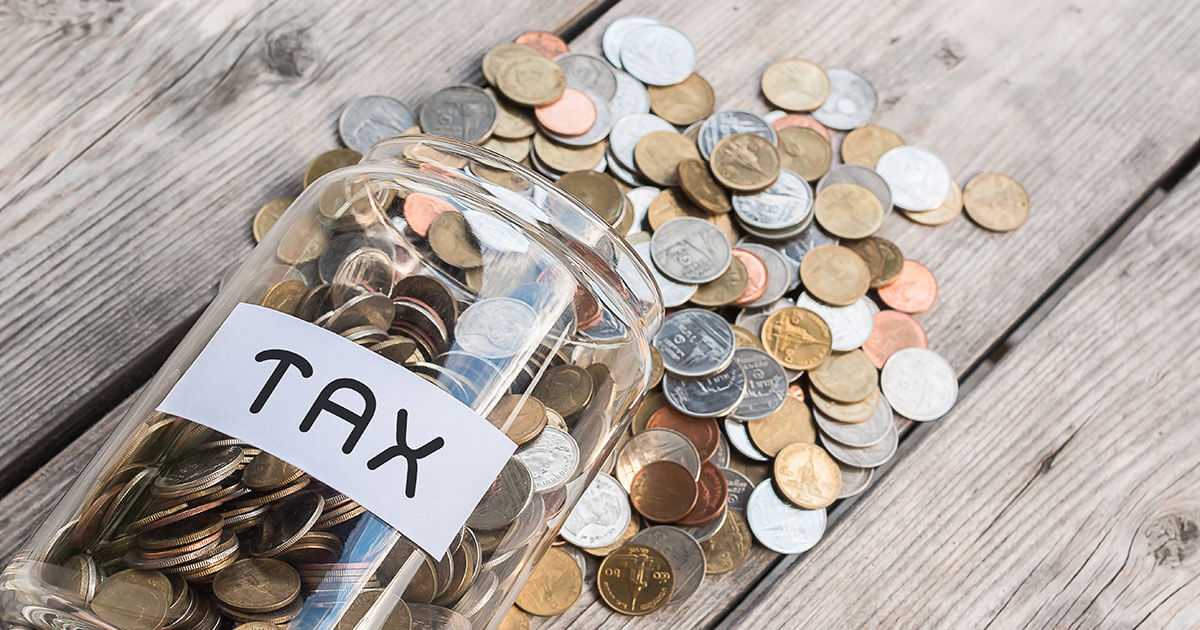What is a low-value asset (LVA)?
A low-value asset is an asset whose acquisition costs fall within defined limits. It varies from country to country, but some have tax laws that state that the full amount of the acquisition costs of LVAs can either be noted as an expense in the year that the acquisition was made, or capitalized and depreciated over the planned useful life. Examples include personal computers or small items of office furniture – this election can be made on a lease-by-lease basis.
What is asset depreciation?
Asset depreciation is an accounting method of allocating the cost of a tangible asset over its useful life. It could also be seen as “expensing” a fixed asset i.e. a percentage of the cost of the fixed asset that becomes an expense, and then has a lower value on the balance sheet. This doesn’t reflect actual money being passed over, but refers to the “cost to the company”.
Businesses choose to depreciate long-term assets for both tax and accounting purposes. Although the value of an asset is written off over time, it isn’t considered a non-cash transaction. Depreciation makes sense to businesses, since it helps to spread out the cost of equipment over time. There are two methods of asset depreciation:
Straight line depreciation
One method is straight line deprecation, for example, a company buys a piece of machinery for $10,000. This amount can be written off in the same year the machinery was bought, or the amount could be spread out over how many years the machinery will be in use – this is depreciation. If the machine is expected to be in use for 10 years, then the company needs to expense $1,000 each year against net income for the decade of use. By lasting a decade, it means there’s an annual depreciation rate of 10%. This is then transferred to the profit and loss account from the balance sheet each year for 10 years. This means that after the first year, the balance sheet value becomes $9,000 and the $1,000 has been charged as depreciation on the profit and loss account.
The formula for straight line depreciation is:
Annual depreciation expense = (asset cost – residual value)/useful life of the asset
Year | Asset value | Depreciation |
1 | $10,000 | $1,000 |
2 | $9,000 | $1,000 |
3 | $8,000 | $1,000 |
4 | $7,000 | $1,000 |
Reducing balance depreciation
Another method is reducing balance depreciation, which is used when the fixed assets gradually loses value so it’s difficult to predict how long it can be used for. If a van costs $10,000, 20% ($2,000) could be depreciated in the first year, resulting in a balance of $8,000. Then in the second year, 20% is taken from the reduced balance of $8,000 (rather than the original value of the van), which would be $1,600 rather than $2,000 since the van decreases in value each year and is no longer of the same quality of the year before.
Year | Asset value | Reducing balance | Depreciation | Accumulated depreciation |
1 | $10,000 | 20% | $2,000 | $2,000 |
2 | $8,000 | 20% | $1,600 | $3,600 |
3 | $6,400 | 20% | $1,280 | $4,880 |
4 | $5,120 | 20% | $1,024 | $5,904 |
Anyone reading your financial statements can get a good idea of how well your assets are doing by looking at your accumulated depreciation. If they see that your assets are close to being fully depreciated, they know you will soon need to spend a significant amount of money on replacing or repairing these assets. Asset depreciation can be accelerated if you believe that the asset won’t be used evenly over its lifetime, because it might be used more often in its earlier years, for example. Depending on the type of accounting system used (i.e. computerized or manual), the amount may be calculated automatically or you will have to make the adjustments by hand.
How to account for assets and depreciation
Assets are treated in a different way to expenses in your company accounts. Assets are “capitalized” and included in the company balance sheet as assets, rather than written off to profit and loss account as expenses. Valid expenses are tax deductible, but depreciation is treated differently: Companies can’t obtain tax relief on depreciation charges, but can claim a “capital allowance” on the cost of the equipment. Capital allowances are set in the budget each year, but vary depending on the type of equipment.
Why is asset depreciation important?
If depreciation is not used in accounting, all assets have to be charged to expense once they are bought. This will result in a significant loss in the transaction period that follows. So, not using the depreciation expense in your accounts could result in inaccurate amounts on income statements and balance sheets, making it harder to organize your finances. Is it worth the hassle of adding depreciation values to your accounting process each year? Yes, recording depreciation can lead to tax savings and better allocation of funds for future asset purchases.

